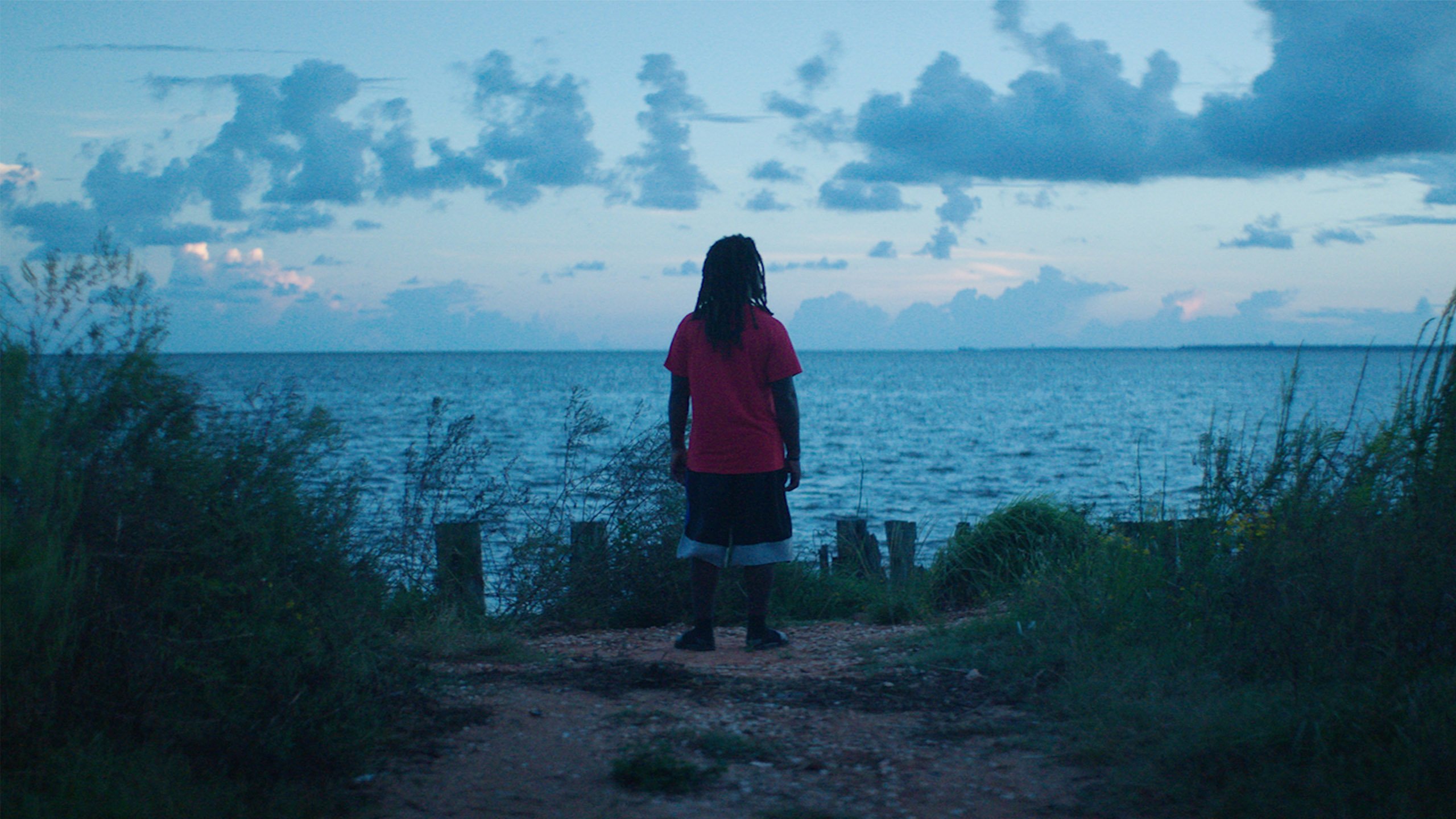Descendant (2022) Sundance Review: The Africatown community in Mobile Alabama have a unique slice of history running throughout the fabric of their being. They had the distinct privilege of being direct descendants of the slaves transported aboard the Clotilda, the last known, and illegal slave ship. The slave trade was abolished in 1865. Five years before that, theses slaves had been transported via this ship to the community of Mobile, Alabama as the property of Timothy Meaher, the owner of the ship.
Director Margaret Brown juggles two forms of contemplation here. On the one hand, her story explores the history, so far known via word of mouth. This viewpoint of history had been trivialized as myth by a predominantly white narrative in-spite of being history for the Africatown residents. In 2018 Barracoon, the book by Zora Neale Huston was finally released, and the information about Africatown and its connections to slavery reignited the interest in the wreckage of Clotida. Huston had conducted an interview with one of the final survivors of the Clotida, Cudjoe Lewis, in 1928. According to the documentary where the book is an important facet of, Huston had taken great pains to keep the dialect and tone of Lewis intact. Lewis is thus an important part of this documentary, a presence seen via the earliest of video footages. Another piece of the puzzle that is very familiar to Africatown residents, but is still a nugget they could pore over, voraciously.
Related to Descendant – Wild Wild Country (2018) – A Grimly Fascinating Journey into a Utopian Religious Community
The second form of contemplation that Brown struggles through is the reclamation of identity via the rediscovering of this history through something tangible. The documentary reveals the insidious nature of modernity and how it still propagates the traditional structure of assailant and victim. Mobile, Alabama, and especially Africatown is surrounded on all sides by heavy industry like paper mills. It is slowly revealed that the lands where these industrial complexes had been built, were leased by the Meaher family. Timothy Meaher, the owner of Clotilda, had set fire to the ship and drowned it in the hopes that his crime wouldn’t be discovered. And now his descendant continues to profit from leasing off land to the industrial complexes. Its a form of systemic racism extending its tendrils to environmental and even zonal management, and is again a damning proof at how the denial of history is slowly producing profits. This arrangement is a beneficial one, even as the residents of Africatown are found to contract cancer and the death toll seen to rise. As such the rediscovery of the Clotida would be a defining moment of truth for the Africatown residents.

Director Margaret Brown through this documentary tells a story of residents showing tangible proof of America’s checkered past. The discovery of the Clotilda shipwreck by a local reporter and a team of marine archaeological experts is the inciting incident that propels the documentary forward and gives the story the heft of emotional resonance and catharsis once the discovery occurs. Thankfully Brown doesn’t focus too much on the investigative aspects of the ship’s discovery even though the lies and revelations via paper trails are juicy nuggets. The ship’s discovery would be cathartic for the team, but as Brown so eloquently and yet without much melodrama shows, the reaction of the descendants is far deeper. For them its a validation of the existence of slavery, of the atrocities committed to their ancestors, and its a definitive proof of their existence that they can show to the world. They can now debunk the “legend”. This movie is about remembering the past, taking ownership of the story, and most importantly reveal the uncomfortable truths.
However, is the past remembered through street signs, statues erected to memorialize or through oral storytelling? The residents of Africatown would prefer to announce their reclaimed identity to the world by building a museum. A grandiose gesture and maybe a fitting closure to a generational long desire. However Brown also explores the current generation of the descendants and their points of view regarding such a monumental history. These descendants are as much a product of history as they are of the present, and are looking forward to rejoining the future. Brown through interviews shows a cynicism among the young descendants, who sound far more pragmatic and reveal far deeper truths than their elders might want to acknowledge. They don’t want to be a part of the rejuvenation of Mobile, Alabama as a historical or a tourist spot which would unwittingly take their homes and their culture away from them.
Also, Read – Dunkirk [2017]: Nolan Transports You Into a Catastrophic War and Brings You Home
There are some moments in the film which feel ancillary. Kamau Sidiki, head of the Slave Wrecks Project at the Smithsonian, brings a sense of philosophical and cosmological connectivity to his outlook. However that outlook doesn’t blend seamlessly to the narrative. Similarly, the arrival of the descendant of William Foster, the Captain of the Clotilda, feels like an ancillary choice, used only for remarking how the last time a Foster was in the same area as any of these Africatown residents had been a couple of decades ago.
The mournful score by Ray Angry, Rhiannon Giddens and Dirk Powell, evokes a sense of longing but the shift to African instruments manages to inject a sense of time, place as well as history and culture, a culture which the residents of Africatown were successful in claiming. That longing of the culture as well as the beauty of the swamps of Mobile, Alabama is shown expertly by cinematographers Justin Zweifach and Jac Manuel, giving almost a painterly hue to the moments of contemplation near the ocean as well as the grassy plains. The rediscovery of Clotilda, the release of Barracoon and now this film by Margaret Brown, are additional positive steps to ensure that the history of the Clotilda wouldn’t be erased.





![Corpus Christi [2019] – An Anatomy of Crime joining with Religion](https://79468c92.delivery.rocketcdn.me/wp-content/uploads/2019/09/Corpus-Christi-highonfilms-768x512.jpg)
![JJ+E [2021] Review: Refreshing and Unlikely Teenage Romance Will Surprise You](https://79468c92.delivery.rocketcdn.me/wp-content/uploads/2021/09/JJE-Vinterviken-3-768x512.jpg)


